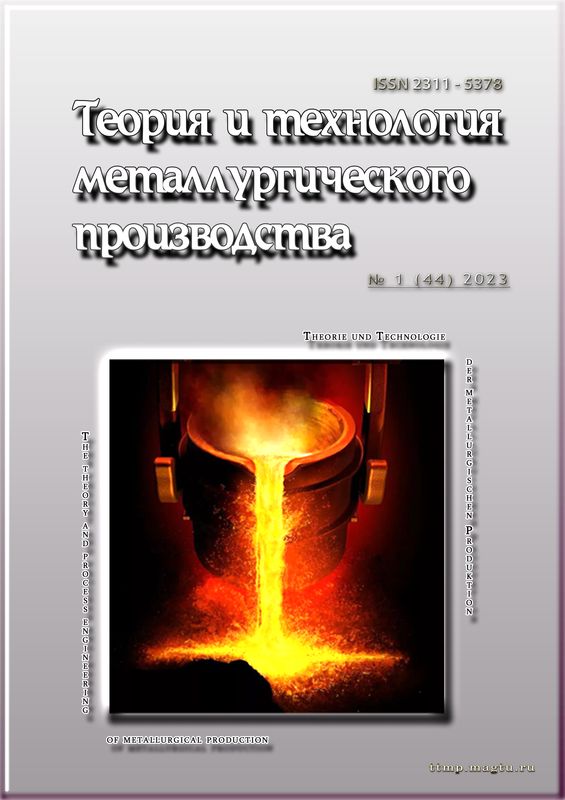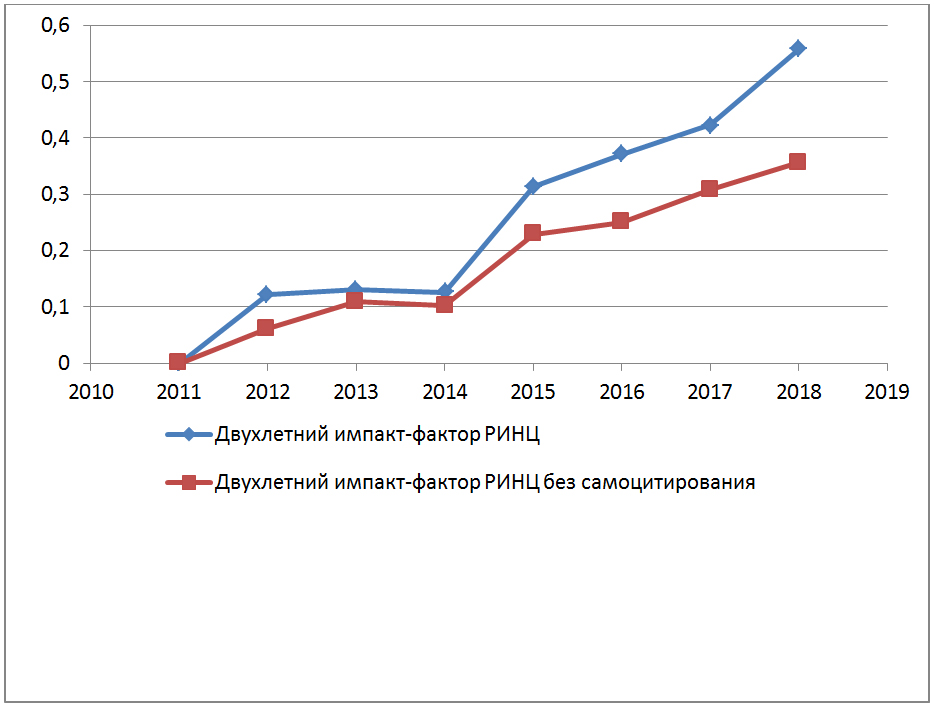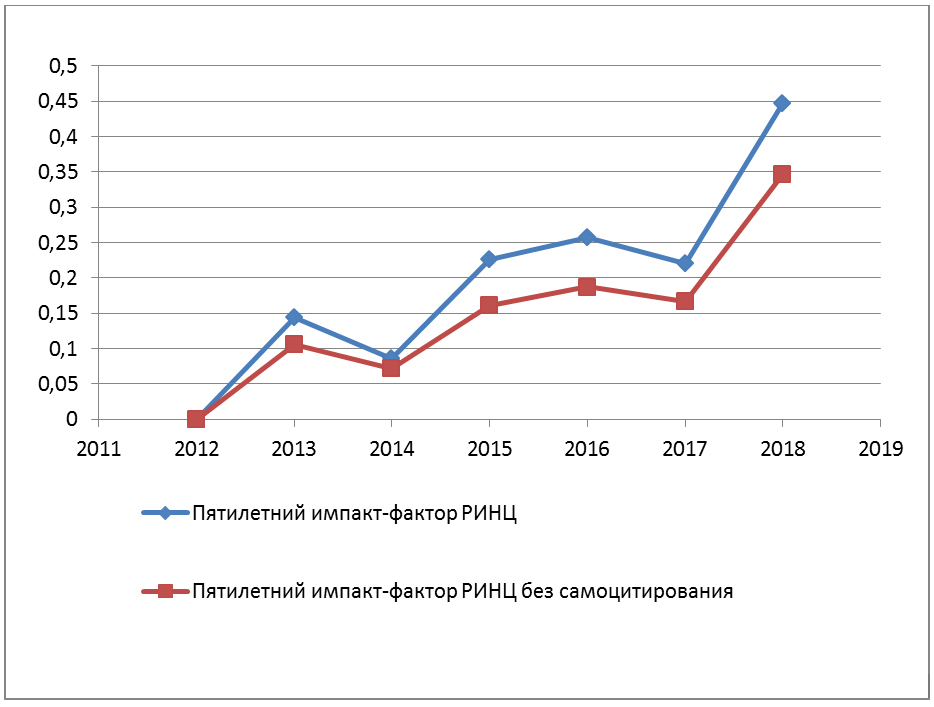Abstract
The implementation of measures to optimize the energy efficiency of any technological process requires an analysis of the results achieved at the level of the process. The paper presents the results of evaluating the effectiveness of energy-saving control of the heating process of continuously cast billets in a pusher-type heating furnace before rolling. As a result of the analysis of various options for energy-saving modes of heating, it was determined that there are two fundamental approaches to improving the energy efficiency of the billets heating process before rolling: achieving maximum productivity of the rolling mill while improving the quality of heating and achieving the minimum cost of hot rolled strip while maintaining the existing productivity of the technological process of rolling. The implementation of energy-saving control of the heating process was carried out for non-stationary operating conditions of the heating furnace and the action of external disturbances. The results of assessing the effectiveness of the implemented energy-saving control are determined by evaluating the value of specific fuel consumption for billets heating before rolling, their final temperature state and electric energy consumption during rolling of billets in the rolling stands of the mill. It was found that the use of energy-saving control of metal heating in the heating furnaces of rolling mills with a 2% reduction in specific fuel costs for heating ensured an increase in the average temperature of the rolled metal by 4-5C and a reduction in power consumption by 0.027 MW at a daily rolling mill productivity of 9-10 thousand tons/day.
Keywords:
continuous casting, billet heating before rolling, heating furnace, energy-saving heating mode, heating of metal before rolling, hot-rolling mill, heating control optimization.





